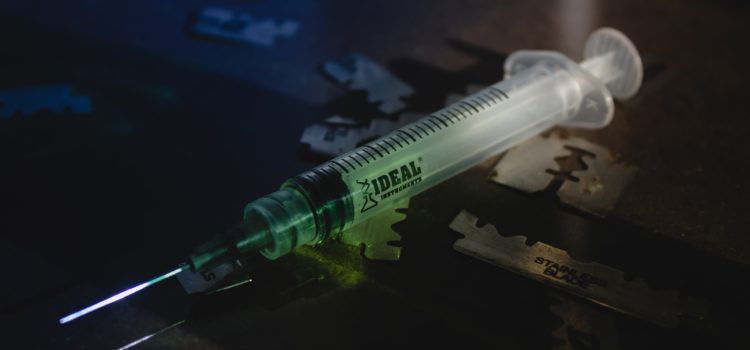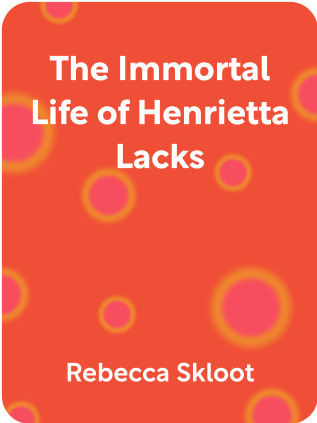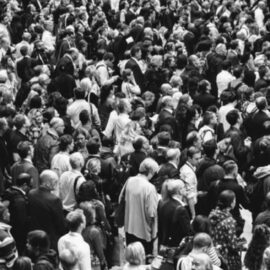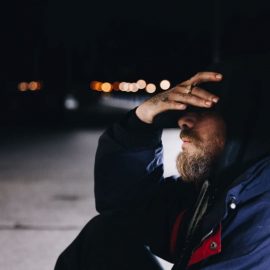

This article is an excerpt from the Shortform summary of "The Immortal Life of Henrietta Lacks" by Rebecca Skloot. Shortform has the world's best summaries of books you should be reading.
Like this article? Sign up for a free trial here .
How did Dr. Jonas Salk develop the polio vaccine? How did HeLa cells and polio get combined? Without HeLa cells, polio would still be around.
Dr. Jonas Salk is the creator of the polio vaccine. He used HeLa cells and polio vaccines that were administered to 2 million children. This resulted in the first big scientific development using HeLa.
Learn more about HeLa cells and polio, Dr. Jonas Salk’s research, and the impact of HeLa.
The first major use of HeLa cells was in the fight against polio. The study necessitated a tremendous number of cultured human cells—HeLa cells, initially provided by George Gey and grown in massive quantities at the Tuskegee Institute, the renowned black university.
Dr. Jonas Salk announced his polio vaccine in 1952, but he couldn’t judge its effectiveness until it had been tested on a massive scale. The National Foundation of Infantile Paralysis (NFIP) developed a trial—it would inoculate 2 million children with Salk’s vaccine and then test the children’s blood for immunity. HeLa cells and polio vaccines together were the solution.
HeLa Cells and Polio: Testing the Vaccine
To test for immunity using HeLa cells and polio vaccines, the children’s blood would have to be mixed with cells infected with poliovirus. In the past, these cells came from monkeys, but the extraction procedure killed the monkeys and monkeys were expensive. (Animal rights activism wasn’t as prominent in the 1950s as it is today.)
George Gey’s Tests of HeLa Cells and Polio
The NFIP contacted George Gey, who had discovered that HeLa cells could grow “in suspension”—that is, unlike previous cell cultures, which needed a glass surface to adhere to, HeLa cells could grow floating in a culture medium as long as they were continually stirred. This meant that they could grow in large vessels as long as there was ample medium. HeLa and polio could work.
First, they had to determine if HeLa and polio worked together. Once Gey and a colleague from NFIP determined that HeLa cells were in fact susceptible to poliovirus—some cells were naturally resistant—the colleague was tasked with overseeing an industrial-level operation for growing HeLa cells. This operation was to be housed at the Tuskegee Institute, the renowned black university; the location had been advocated for by Charles Bynum, an executive of the NFIP, who was a science teacher and one of the first black foundation executives in the country.
HeLa Distribution Center Supporting HeLa and Polio Testing
In a matter of months, the HeLa Distribution Center was up and running. The operation began with six black scientists and technicians, but the staff eventually grew to 35, many of whom were women. The Center produced 20,000 tubes of HeLa cells—6 trillion total cells—a week. Dr. Jonas Salk’s vaccine was shown to be effective using the HeLa and polio study. Ironically, at the same time that black scientists on Tuskegee’s campus were helping the American fight against polio, black Americans suffering from syphilis were being allowed to die on the same campus.
HeLa cells and polio were just the beginning. The cells were subsequently used in an array of research—genetics, virology, infectious and sexually transmitted diseases, even cosmetics. HeLa cells were the first cells to be cloned, and they were bombarded with radiation to see how they responded (it was the Cold War era, after all). They were also the first cells to be cultured commercially, for profit.

———End of Preview———
Like what you just read? Read the rest of the world's best summary of Rebecca Skloot's "The Immortal Life of Henrietta Lacks" at Shortform .
Here's what you'll find in our full The Immortal Life of Henrietta Lacks summary :
- How Henrietta's cells became used in thousands of labs worldwide
- The complications of Henrietta's lack of consent
- How the Lacks family is coping with the impact of Henrietta's legacy






